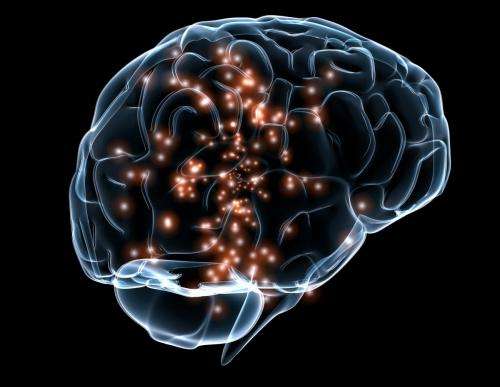
A new study published in the Journal of Neurotrauma shows that children with persistent symptoms following mild traumatic brain injury had evidence of ongoing cerebral microstructural changes.
Athena Stein, from The University of Queensland, and co-authors, used brain MRI-based orientation dispersion index (ODI) metrics to study the microstructural damage in the brains of pediatric patients following “mild” TBI. The investigators studied children with persistent symptoms after injury and children displaying clinical recovery at 1 and 2–3 months post-TBI compared to healthy controls.
Whole-brain ODI was significantly increased in symptomatic individuals compared to healthy controls at both 1- and 2-months post-injury. Symptomatic individuals had the highest ODI in all regions of interest. The ODI was lower in asymptomatic individuals, and healthy controls had the lowest ODI in all regions of interest. ODI progressively decreased over time alongside clinical recovery.
“Our results show evidence of ongoing microstructural reorganization or neuroinflammation between 1- and 2–3 months post-injury, further supporting delayed return to play in children who remain symptomatic,” stated the investigators.
“This study is an important contribution to the field. In addition to revealing key insights into the pathophysiological correlates of symptomatic mild TBI in children, it identifies an objective imaging metric in this population which could be further developed as a clinical tool,” says James Stone, MD, Ph.D., Associate Editor of Journal of Neurotrauma.
More information:
Athena Stein et al, Evidence of ongoing cerebral microstructural reorganization in children with persisting symptoms following mild traumatic brain injury: a NODDI DTI analysis, Journal of Neurotrauma (2023). DOI: 10.1089/neu.2023.0196
Journal information:
Journal of Neurotrauma
Source: Read Full Article